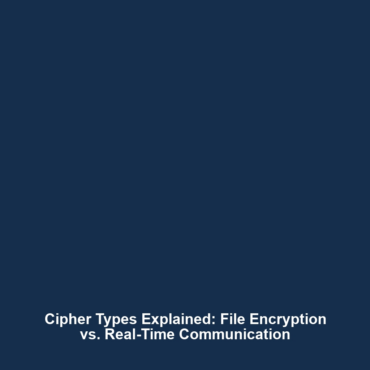Data Security Risks in Drone Research
As the utilization of drones in scientific research grows, the need to address data security risks becomes increasingly critical. Whether it’s data breaches or the potential loss of information during flight, these risks can have significant repercussions. Understanding these challenges is vital for ensuring the integrity and success of drone-based research efforts, which span various disciplines such as environmental studies, agriculture, and surveillance.
Key Concepts
Data security risks in drone research primarily involve two major threats:
- Data Breaches: Unauthorized access to sensitive data collected during flights.
- Data Loss: The accidental loss of data during drone operation due to technical failures or human error.
These risks are particularly relevant in the realm of Drones in Science, where vast amounts of data are captured for analysis. Ensuring data security is critical to maintain trust and uphold ethical standards in scientific research.
Applications and Real-World Uses
Understanding how data security risks manifest in drone research is crucial, as this knowledge informs best practices. Some applications include:
- Environmental Monitoring: Drones are used to collect sensitive ecological data, with protocols in place to prevent data breaches.
- Agriculture: Farmers utilize drone technology to assess crop health, necessitating secure data handling to prevent loss of proprietary information.
- Search and Rescue Operations: Drones help locate missing persons, where data confidentiality is paramount to protect sensitive information.
Through these examples, we see the importance of addressing data security risks in Drones in Science applications.
Current Challenges
The challenges of addressing data security risks in drone research include:
- Technical Vulnerabilities: Drones may have software vulnerabilities that can be exploited.
- Human Error: Mistakes in handling data can lead to unintentional exposure or loss.
- Lack of Standardization: Absence of universal protocols for data protection across different fields, complicating adherence to best practices.
These issues represent significant hurdles in the advancement of Drones in Science.
Future Research and Innovations
As the field evolves, several breakthroughs are anticipated:
- Advanced Encryption Techniques: Development of more robust encryption methods for transmitted data.
- AI-Powered Monitoring Systems: Utilizing artificial intelligence to identify potential security breaches in real-time.
- Enhanced Ground Control Systems: Developing better ground-based systems for monitoring and securing drone data.
These innovations hold promise for mitigating data security risks in future Drones in Science applications.
Conclusion
In summary, addressing data security risks—such as data breaches and loss during flight—is imperative for ensuring the safe and ethical use of drones in scientific research. As advancements continue, it is essential for researchers and practitioners to stay informed and adopt best practices to mitigate these risks.
For further reading on data security in drone operations and related topics, explore our articles on cybersecurity measures in agricultural drones and data management practices in environmental research.









